Your cart is currently empty!

Gloddfa Ganol Slate Mine, Wales
Oakeley Quarry, located high in the mountains above Blaenau Ffestiniog, was said to be the largest underground slate mine in the world with over 40 miles of man-made tunnels spread over 26 different levels.
The mine closed in 1969 but three years later the 360 acres of land was acquired by aeronautics engineer Wil Roberts, along with his father-in law and brother-in law. The trio later went on to acquire three more Welsh slate mines which were all operated under their Ffestiniog Welsh Slate Products Group.
Llechwedd Slate Caverns, situated across the road from Oakeley Quarry, made history in 1972 by launching Britain’s first public underground mine ride. The attraction was an immediate success, drawing over 100,000 visitors in its first year. Inspired by this success, plans were soon unveiled to reopen part of Oakeley Quarry to the public, and this happened in 1974 with the opening of Gloddfa Ganol.
As Wil Roberts explained “Ours is fundamentally different. Here visitors are free to explore a large site which contains a museum, interpretative exhibitions, a working slate mill and a large narrow-gauge railway collection. Underground they can explore unescorted a three-quarter mile section of old slate workings.”
Other attractions included guided Land Rover tours and a terrace of four quarrymen’s cottages, each furnished from a different era.

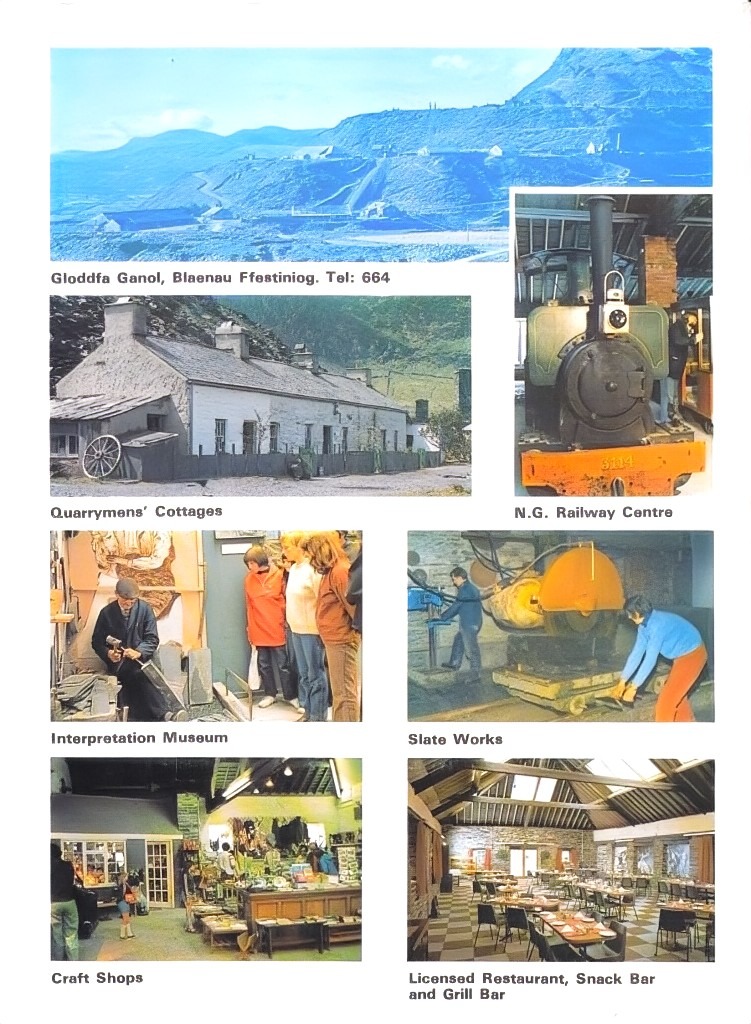
Gloddfa Ganol and Llechwedd complimented each other nicely, with both offering a similar but different experience. Both went on to be hugely popular throughout the 1970s and 1980s.
The narrow gauge railway museum was established in 1978 with most of the equipment coming from the collection of Rich Morris, with more coming from Pete Nicholson and Michael Jacob. It was initially housed in the winding house of the old seven-track Dafydd Glanamarch incline but in 1980 it moved to a new building on the site of the old Holland’s Lower Mill.
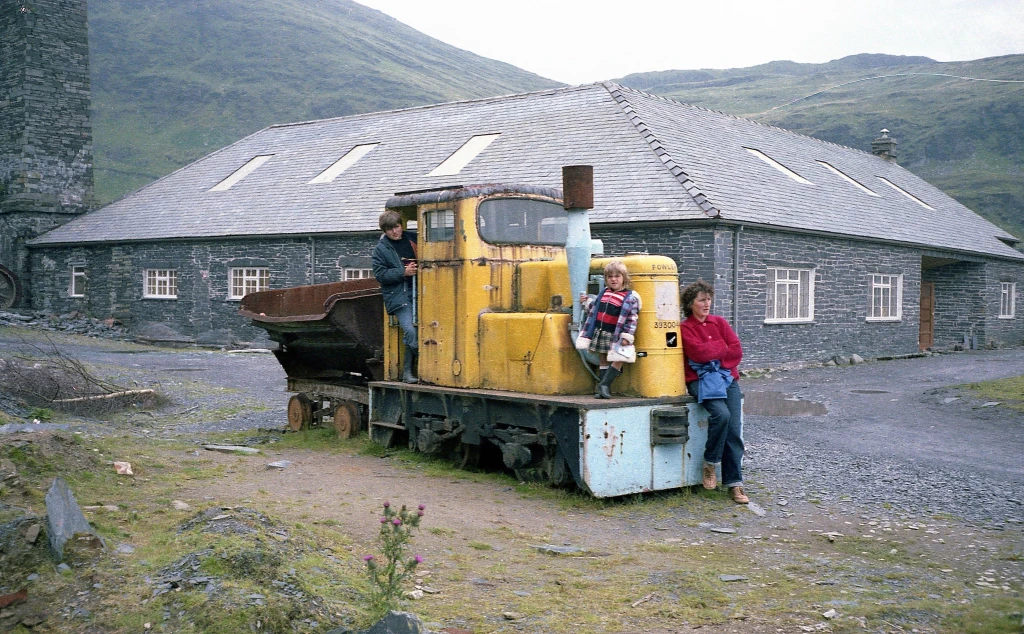
It was advertised as the largest collection of narrow gauge equipment in the British Isles and included several dozen locos jammed tightly together in a large barn. Other equipment was displayed outside whilst some was stored in private areas hidden from public view. Being located halfway up a Welsh mountain was certainly not ideal conditions to be storing stuff outside! A short 2ft gauge railway was later built to carry visitors from the centre of the complex to the museum.
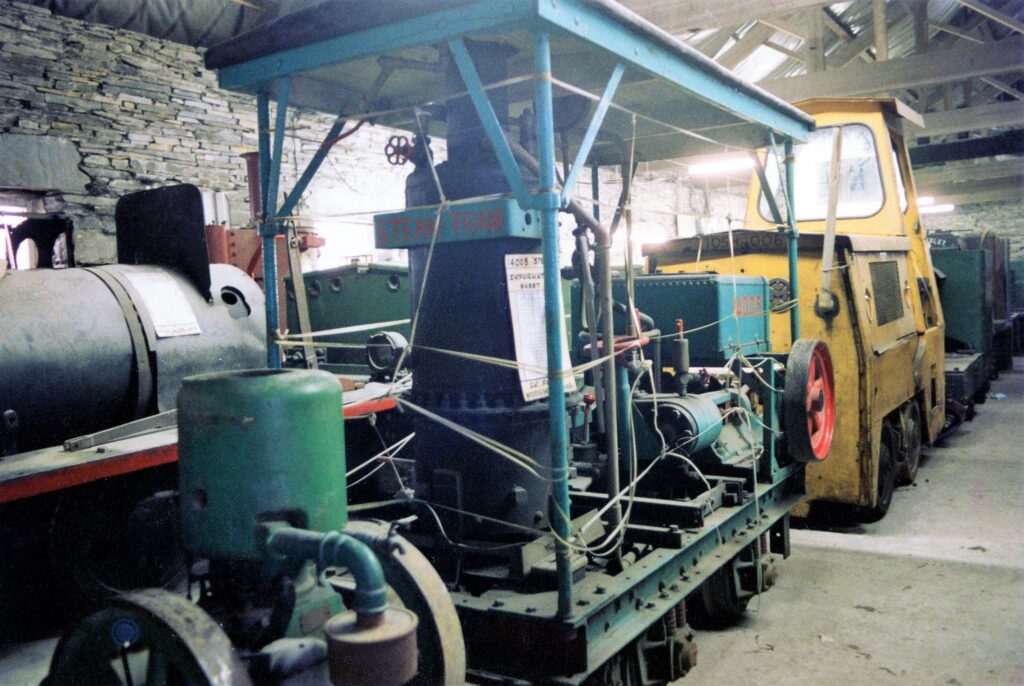
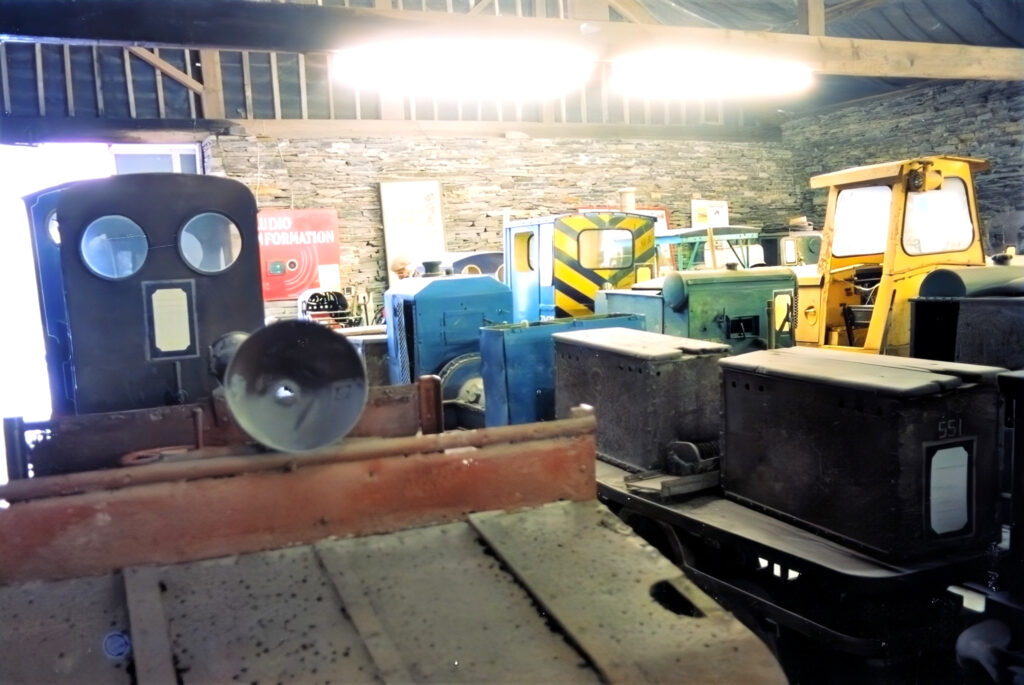

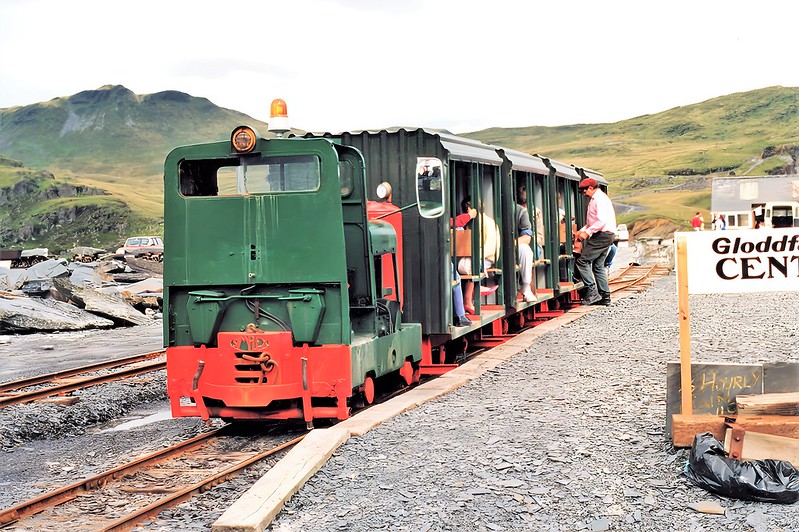
During the early 1990s the slate business was going through a resurgence and was becoming more lucrative than tourism. Half of the railway museum was taken back for slate production which resulted in more of the equipment being dumped outside.
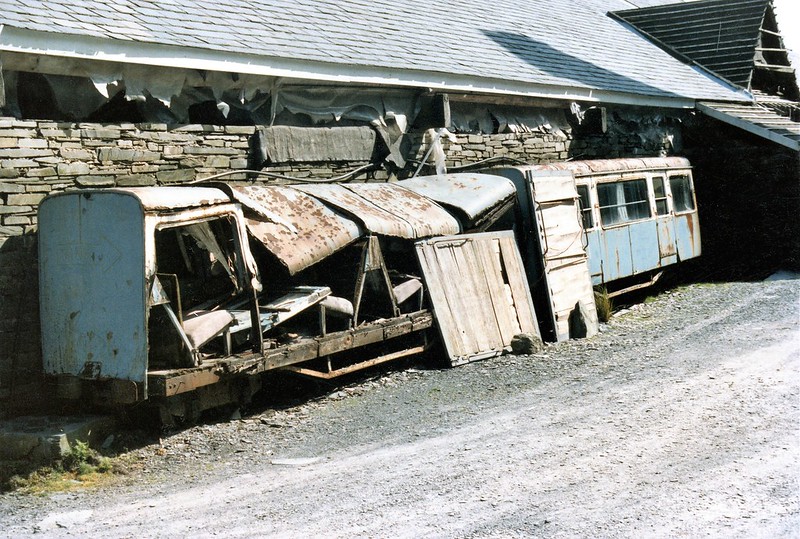
At the end of the 1997 season the Ffestiniog Welsh Slate Products Group was acquired by McAlpine Slate Products for £6 million and it was announced that Gloddfa Ganol would be closing to the public and going back to full time slate mining. The railway collection, by now mostly all owned by the quarry owners, was sold off via a sealed bid auction organised by Rich Morris.
The quarry continued in use for another 12 years before suddenly closing in 2010 after major subsidence was discovered.
We’d love to hear your memories and stories of Gloddfa Ganol. Please feel free to share your comments below.
Leave a Reply